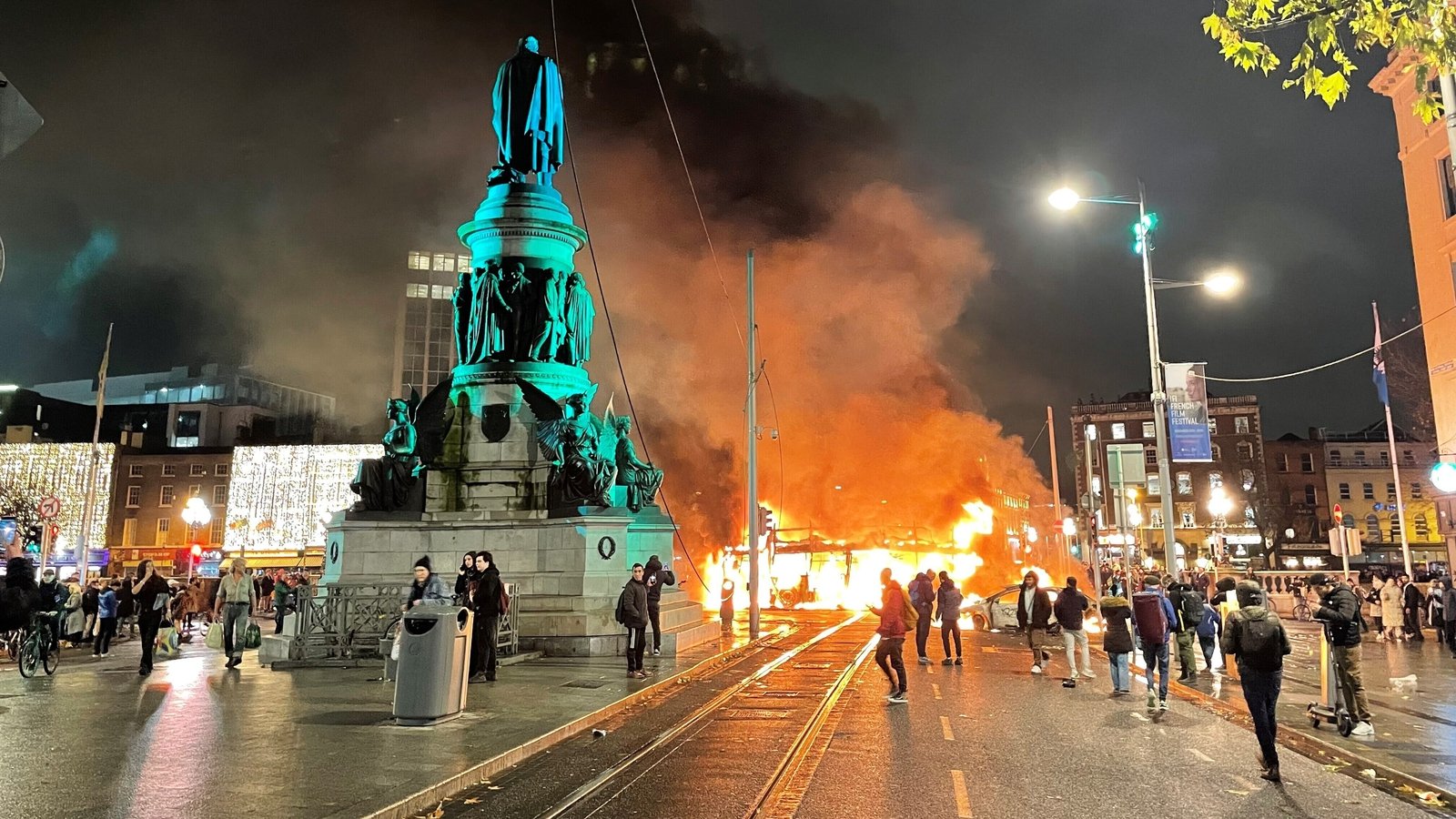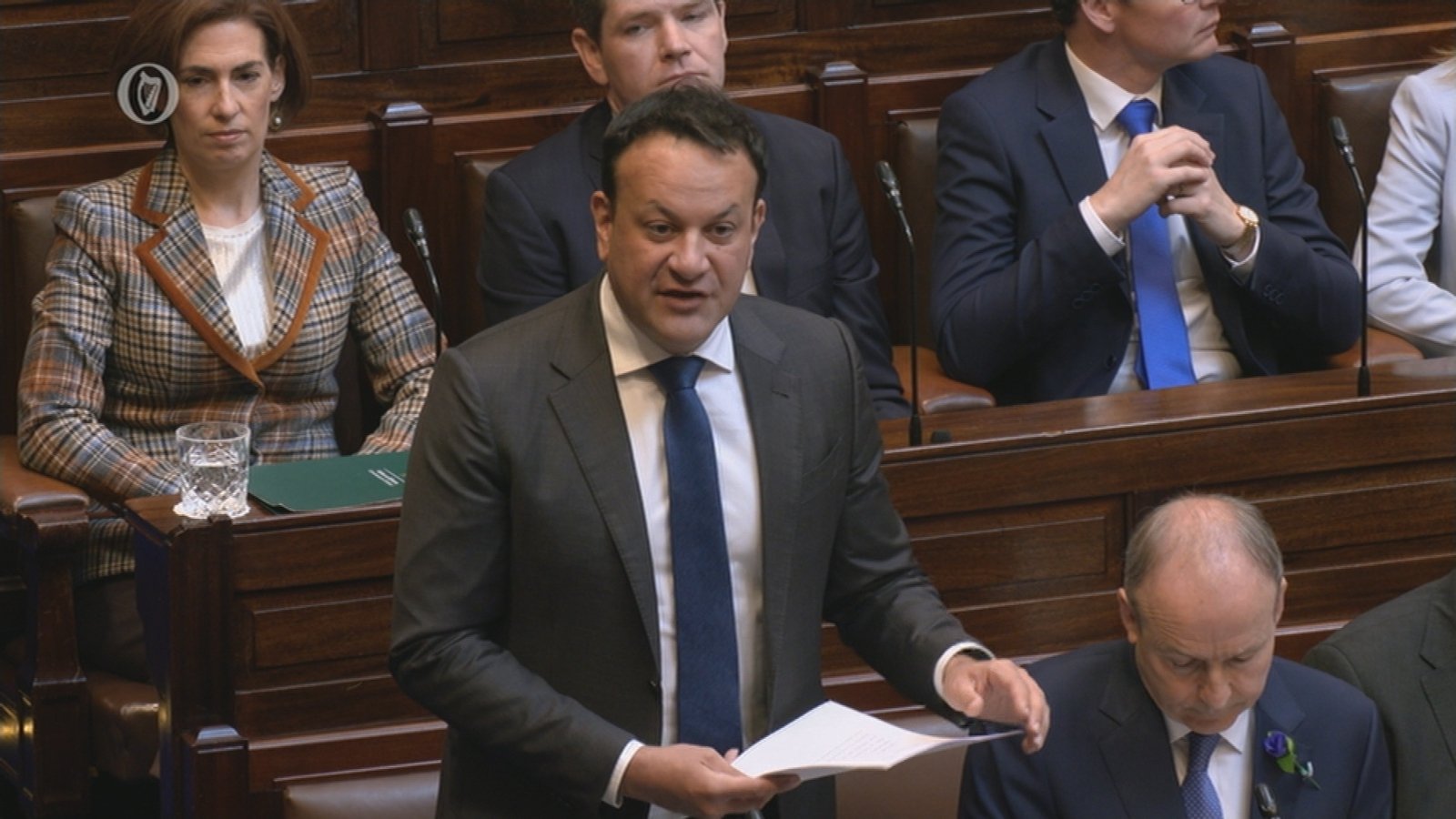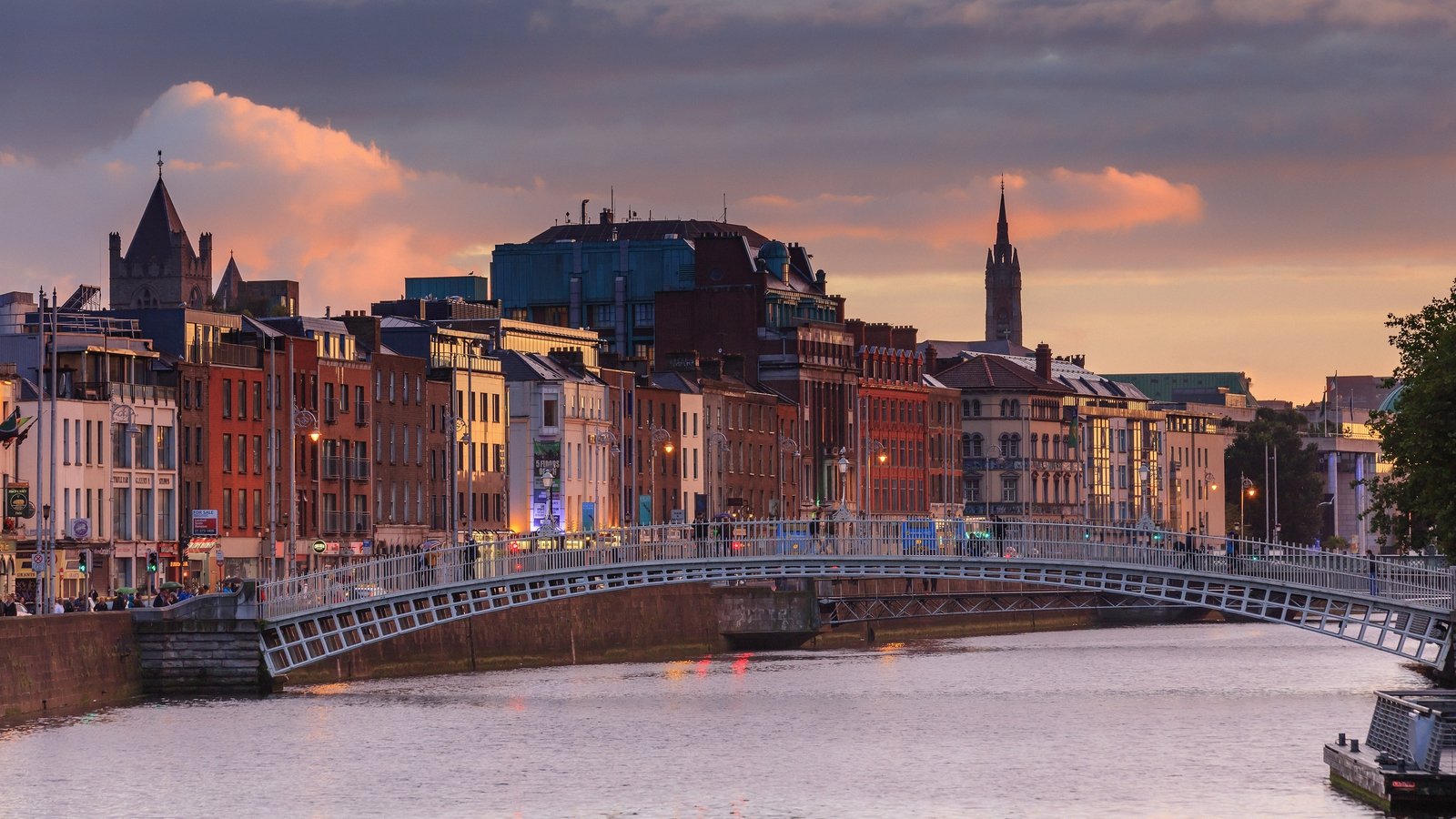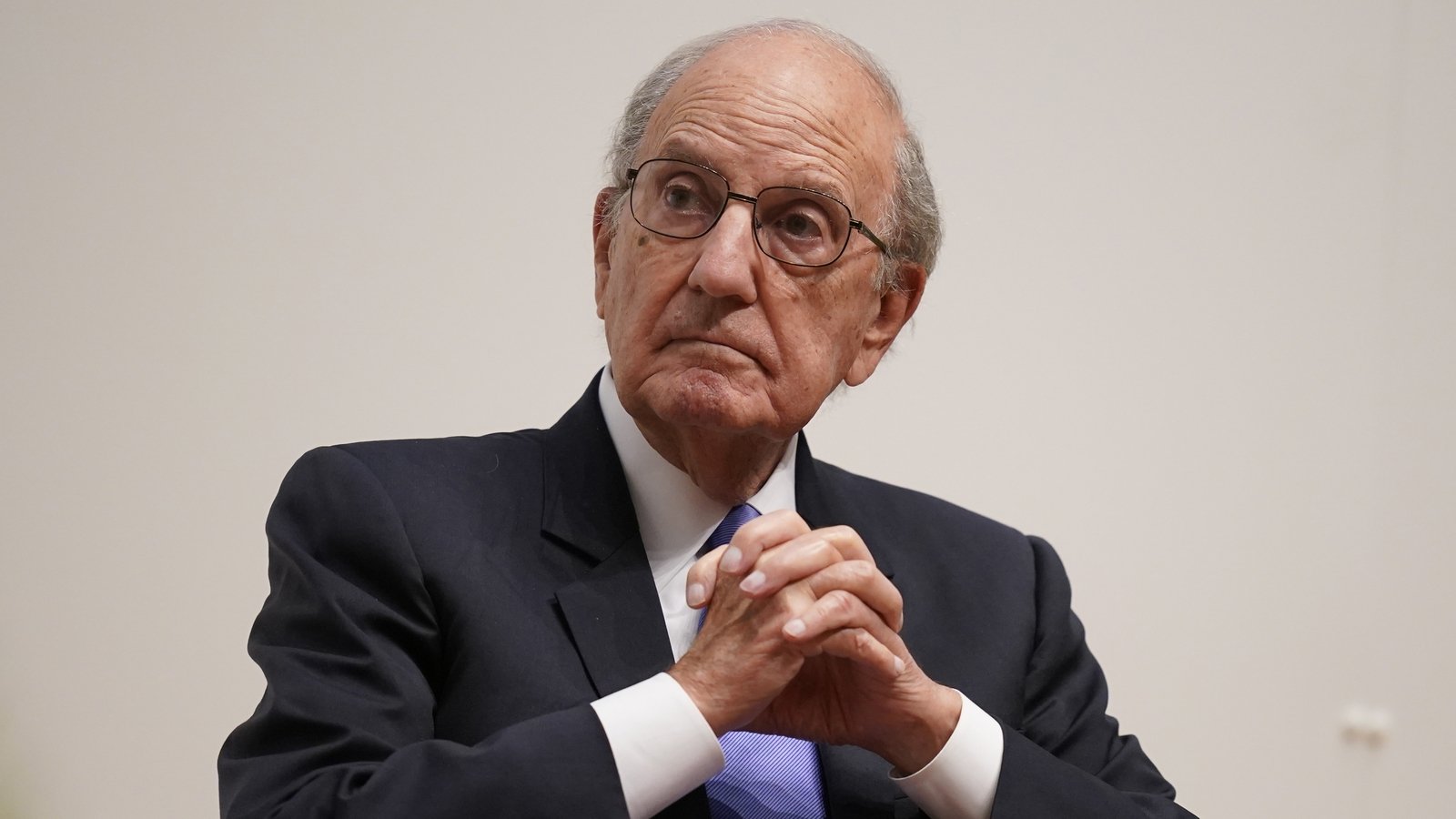Coroner rules Kingsmill was ‘sectarian attack by the IRA’
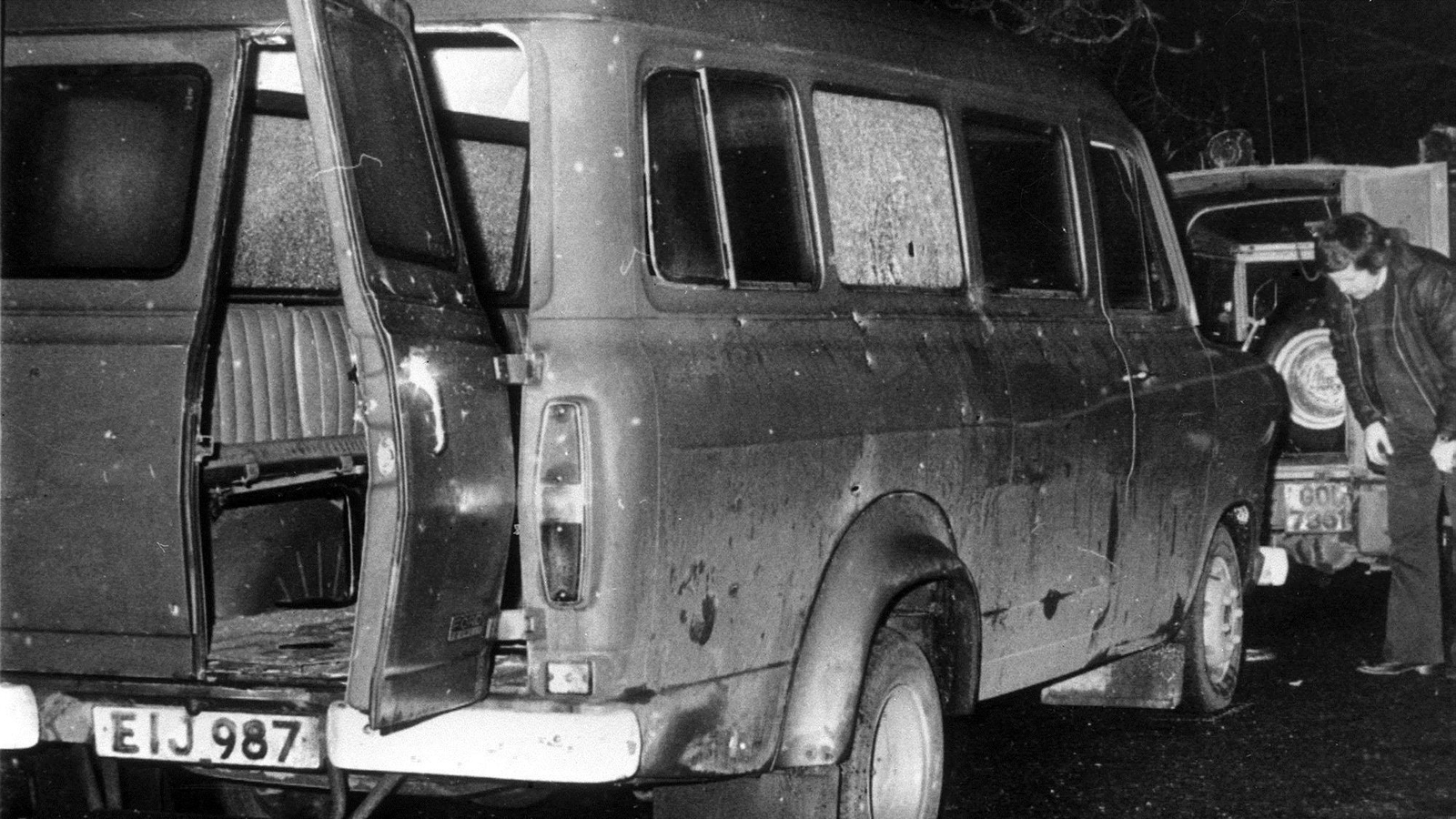
The shooting dead of ten Protestant workmen at Kingsmill in Co Armagh in 1976 was an “overtly sectarian attack by the IRA”, a coroner has ruled.
The coroner in the Kingsmill inquest said the “glaring omission” in the proceedings had been the absence of any evidence from those who caused the attack.
Coroner Brian Sherrard delivered his findings in Belfast in the long-running inquest into the Troubles deaths.
He said: “The glaring omission in the inquest was the absence of any disclosure or evidence from those who caused the deaths.
“Unlike other legacy inquests which have examined the actions of the state in directly causing death, those responsible for the deaths at Kingsmill have not given an account either personally or through any organisation or any political party.
“Numerous calls to assist and provide answers were met with silence.
“Accordingly the inquest did not receive disclosure from any individual concerned in the attack, nor their organisation, nor their political representatives although expert evidence was given that records may well exist,” he said.
Mr Sherrard said there had been no recognition from the perpetrators of the “utter wrongness” of the Kingsmill attack.
He said: “Neither did the inquest hear evidence from the perpetrators regarding matters such as the motivation for the attack, its planning and personnel and its execution.
“There has been no recognition by any perpetrator or their organisation or political representatives as to the utter wrongness of the attack which served to end the lives of ten men and to devastate the lives of untold others.”
Mr Sherrard said those responsible for Kingsmill were “uninterested in transparency” concerning the attack.
He said: “Many decades have now passed since the atrocity and no recognised organisation, much less any individual has admitted responsibility for it.
“The optimistic notion that admissions could spread from arrests without evidence has been tested now by time.

“Neither the organisation nor the individuals responsible have any intention of explaining it, much less being held to account.
“They are uninterested in transparency concerning their actions.”
Mr Sherrard said the notion that Captain Robert Nairac infiltrated the IRA and was involved in the Kingsmill massacre is “utter fantasy”.
He said: “The rumours are likely to have arisen due to the fact that the terrorist who brought the minibus to a stop had an English accent, Captain Nairac’s reputation as a soldier who adopted unorthodox strategies in combating terrorism in Northern Ireland and his own tragic murder by the IRA.
“In the intervening decades the absence of publicly available and reliable information concerning both the Kingsmill deaths and Captain Nairac’s whereabouts has fuelled rumours.”
The coroner added: “The inquest is entirely satisfied that Captain Robert Nairac had no role whatsoever in the Kingsmill atrocity.
“He was based in London on January 5 1976.
“The evidence before the court is that he was fully engaged in demanding battalion duties at the relevant time.
“He was not in south Armagh on January 5 1976 or the period beforehand.
“The notion that he would have been able to infiltrate the IRA in that area is the stuff of utter fantasy.
“Captain Robert Nairac was a highly decorated soldier and his memory is ill-served by those who persist in rumour-mongering concerning his involvement in Kingsmill.”
The attack at Kingsmill had been claimed by a group calling itself the South Armagh Republican Action Force.
Mr Sherrard outlined extensive ballistics evidence to Belfast Coroner’s Court linking the weapons used at Kingsmill to a series of attacks carried out by the IRA.
He said the “unassailable” evidence showed that the guns fired at Kingsmill were the “exclusive property” of the IRA.
Mr Sherrard rejected the claim that the “rogue” republican group had carried out the attack as a “lie”, insisting it was perpetrated by the IRA, which used a “cynical ploy” to mask its involvement in “nakedly sectarian killings”.
The Kingsmill shootings were seen as a retaliatory action in response to loyalist attacks against two Catholic families the day before in which six men were fatally injured.
Mr Sherrard acknowledged the “ostensible” link to the attacks on the O’Dowd and Reavey families, but he made clear that planning for the Kingsmill shootings had started “long before” the targeting of those two families.
Sherrard dismissed any suggestion that perpetrators were not pursued in order to protect an IRA informant, describing it as “unhelpful conspiracy theorising”.
“Such an assertion is entirely without foundation,” he said.
Two individuals identified as suspects in the Kingsmill attack were later given contentious so-called comfort letters issued by the British government to “On the Run” republican suspects during the peace process.
Mr Sherrard insisted that the “OTR letters” had not impeded the inquest, as he highlighted that no firm evidence connecting the individuals to the shootings had ever emerged.
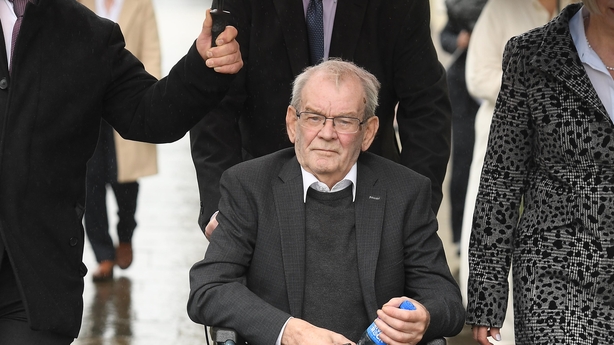
He outlined various errors and omissions in the police investigation in the wake of the shooting.
However, he insisted those should be viewed in the context of the time and said there should be no attempt to shift the blame away from those responsible for the “brutal” murders.
“The investigation was not perfect,” Mr Sherrard said.
“But its deficits can be put down to the abnormal security environment of south Armagh in 1976, the extraordinary demands on the police and the murderous competence of those who executed the atrocity and left without a trace.”
He said there can be “little doubt” that the likely suspects were known to the security forces at the time.
“But common knowledge as to those with means and motive to carry out this heinous act does not amount to evidence,” Mr Sherrard said
Decades after the shooting, police found a match between a palm print found on the suspected Kingsmill getaway vehicle and a suspect in the attack.
One man was quizzed by detectives in 2016 but not charged.
Mr Sherrard noted that the garda was in possession of the palm print in 1976 but the police in Northern Ireland never asked for it.
The coroner said if the suspect had been questioned in the immediate aftermath of the attack and confronted with the fingerprint link to the van it may have helped progress the investigation.
Delivering his findings, Mr Sherrard also rejected a suggestion that the security forces were not operating in the area at the time of the shooting as they were subject to an out of bounds order.
Mr Sherrard said the border was “exploited by terrorists” who carried out the attack.
He said: “Each jurisdiction had its own police, its own military and its own laws.
“Normal policing was impossible in south Armagh which, in contrast to the Republic of Ireland, was in chaos due to terrorism.
“The Secretary of State for Northern Ireland at the time of the attack, Merlyn Rees, citing the hostility of certain members of the local population, described the area as ‘almost uncontrollable’.
“The border allowed for planning, training, organisation, weapons storage and retreat at a safe physical and legal distance from the authorities that would be faced with investigating terrorist acts in Northern Ireland.”
Mr Sherrard said there seemed to have been a “reluctance on the part of the Irish State” to acknowledge the role of the border in the Kingsmill atrocity.
He said: “The inquest is confident that the Kingsmill atrocity was, at least in part, organised from the Republic of Ireland.
“This can be seen in the theft of the H&P Campbell van and its subsequent disposal both of which took place in the Republic of Ireland.
“The palm print lifted from the van originated from a known IRA terrorist located south of the border.
“Police assessments over successive investigations, albeit based on intelligence, pointed to suspects being domiciled in the Republic of Ireland.
“Four of the weapons used in the attack were subsequently located in County Louth.
“In the aftermath of the attack there appears to have been some reluctance on the part of the Irish State to acknowledge the role of the border.
“Patrick Cooney, Irish Minister for Justice, is quoted in several newspapers denying that the terrorists had fled south.
“He maintained that the terrorists responsible were based in south Armagh.”
The families of a victim of the Kingsmill massacre and the only survivor of the attack said the inquest into the killings had not answered their questions.
John McConville died along with nine others in the attack on January 5 1976, while Alan Black was seriously injured.

A joint statement from both the McConville and Black families said: “At the start of the inquest eight years ago we were full of hope that the many difficult questions that have burdened us surrounding John’s murder and that of his colleagues and the attempted murder of Alan Black would be answered.
“However, as we progressed through the inquest our questions have not been answered and our concerns have grown.”
The families were critical of the original RUC investigation.
They said: “We do not accept the context of the times, 1976, as a reason for an ineffective police investigation, which was wound down significantly shortly after the funerals of those killed at Kingsmill.
“It appears to us that the politics of the conflict at the time encouraged atrocities such as the Kingsmill massacre to be conveniently set to the side and ignored.”
The families of John McConville and Mr Black were critical of a decision by the coroner not to name two dead suspects of the Kingsmill massacre.
They said: “We were distressed that the coroner could not name two deceased suspects who were suspected to have been involved in the murder of John and his colleagues and the attempted murder of Alan Black.
“All suspects in the case were allocated cipher references to both identify and protect their anonymity during the inquest process.”
They added: “Concealing the names of dead suspects leads only to conjecture and misinformation, rumour and suspicion, which the inquest system should serve to dispel and allay.
“We are also gravely concerned that there are persons suspected to have been involved in the Kingsmill massacre who are being protected by the Crown for a wider political purpose.”
The families said the Kingsmill inquest process had been plagued by delays.
They also called for a public inquiry into the Kingsmill massacre.
In a statement at the conclusion of an inquest into the killings, they said: “We will be considering the verdict and findings of the coroner in the following days.
“We intend to make representations to the Secretary of State to demand a public inquiry.
“The demand for a public inquiry will be made in part due to the over-use of PII sanctioning that denied us the opportunity to effectively participate and engage in and provide the court with relevant submissions.”

